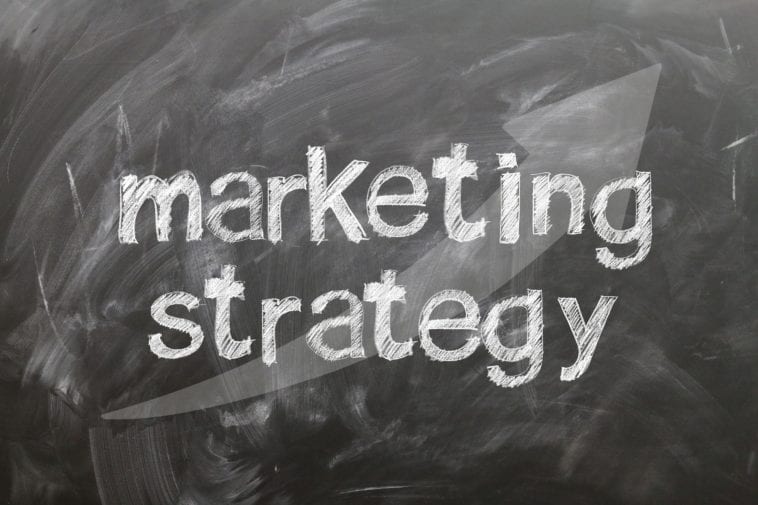Visual identity is defined as how a brand appears and includes a company logo and colors associated with the company. Branding is a company or individual’s persona, including how people view the company or individual and any associated products or services. Branding and the visual identity of companies and products surround everyone. Branding is evident on product packaging, in marketing and advertising, and on websites. Letterhead, business cards, and other company documents also have visual identity components that tie in with overall branding.
Logo Design
A company logo is the identifying mark or design that a company uses on packaging, marketing materials, and company documents. Over time, consumers grow to recognize and remember logos, and logos contribute directly to brand identity. Logos include color choices, fonts, and graphics. The most effective logos are simple, enabling consumers to recognize them easily. Logos need to be created carefully so they have the highest quality, which helps ensure that consumers view companies favorably and positively. Distortion, pixelation, and text that is difficult to read in a logo are common mistakes that companies make.
- Ten Logo Design Tips to Take Your Brand to the Next Level
- How to Design a Logo: The Ultimate Guide
- Seven Killer Tips for Logo Design
- 16 Logo Design Tips From Branding Experts
- Logo Design: Everything You Need to Know
- Five Useful Tips to Help You Create Better Logos
- What Makes a Good Logo: The Do’s and Don’ts
Typography and Fonts
Typography is the process of styling and arranging text to make a clear message that is both legible and visually appealing. Typography includes the font and its structure; these elements combine to convey emotions and messages. Although a font choice is important, typography goes further by ensuring that the text is balanced, easy to read, and aligned with the brand. Typography influences how consumers receive the message in the text and whether it’s persuasive and attention-getting. Typography also includes the use of white space in and around text, which can help make the text easier to read and aesthetically pleasing to the reader. The font chosen for a message depends on the personality of the brand, the tone of the message, the medium where the text appears, and the purpose. It’s often advantageous to test different designs, fonts, and colors to see which resonate with users.
- Awesome Typography Tips: How to Elevate Your Designs
- Eight Typography Tips for Designers: How to Make Fonts Speak
- Your Ultimate Guide to Fonts and Typography
- Your Ultimate Guide to Understanding Typography
- Top Ten Tips to Improve Your Typography Design: Font Guide
- Nine Important Typography Tips for Sensational Design
- Eight Typography Tips for Designers: How to Make Fonts Speak
- Five Pro Typography Tips That Will Instantly Improve Your Designs
- Tips and Considerations When Choosing a Typeface
Photography and Stock Images
Stock images are existing photos that are available for use after paying a fee to use them. Creators of stock photos often retain the copyrights for their photos, but they allow others to use them legally in various ways. Using stock photos is helpful for companies because these images are immediately available without having to hire a photographer. When using stock photos, select photos that reflect the message, and choose up-to-date images. Stock photos should be well-lit and have a high resolution. It’s also best to use a stock photo that has not been overused by many different companies.
- Eight Surprisingly Effective Ways to Use Stock Photos in Ads
- Tips and Best Practices for Using Corporate Stock Photos and What to Avoid
- Say No to Stock Photography and Create Authentic Images
- The Ultimate Guide to Finding and Using Images in Your Content
- Need Good Stock Photos? Here’s Where to Find Them for Free or Cheap
- How to Use Stock Photos on Social Media (So They Don’t Look Like Stock Photos)
- Ten Tips for Using (Not Abusing) Stock Photography
Color Theory and Palettes
Color choices are important when designing a logo or any type of marketing materials. Colors are integrally involved with emotions and messages. When striving to convey energy and high emotion, colors such as red and orange are often used. A company that wants to demonstrate warmth and dependability might use yellow and blue in advertisements. When trying to create a peaceful and calm logo or marketing scheme, use gray and green. Another tried-and-true option is a black-and-white logo or advertisement, a color scheme that is both simple and classic.
- What Is Color Theory?
- Color Theory for Designers: How to Create Your Own Color Schemes
- Using Color Theory to Create a Better Color Palette
- Introduction to Color Theory
- Understanding Color Theory: The Color Wheel and Finding Complementary Colors
- Adobe Color Wheel
- Color Calculator
- What Is Color Theory?
- UI Design: Choosing Color Palettes
- Use Color Theory to Choose the Best Colors for Your Designs
Design Tutorials and Inspiration
A wealth of tutorials exist for those who want to delve into marketing psychology, branding, and design. Tutorials can help you learn about logo design and the use of colors and typography. You can also find out how to use current software and apps that make branding and design easier. Some tutorials even include templates that enable you to begin with the foundation of a design, tweaking it and shaping it into your own unique creation.

